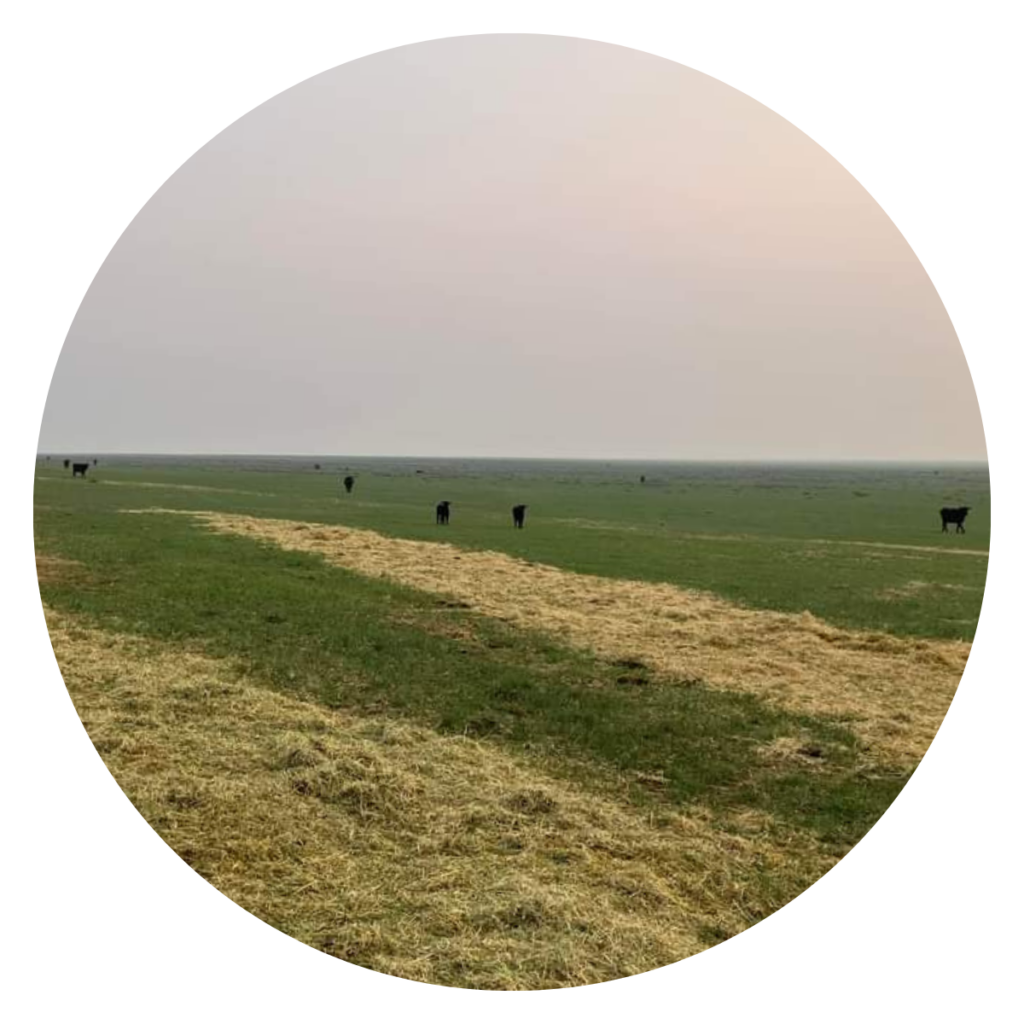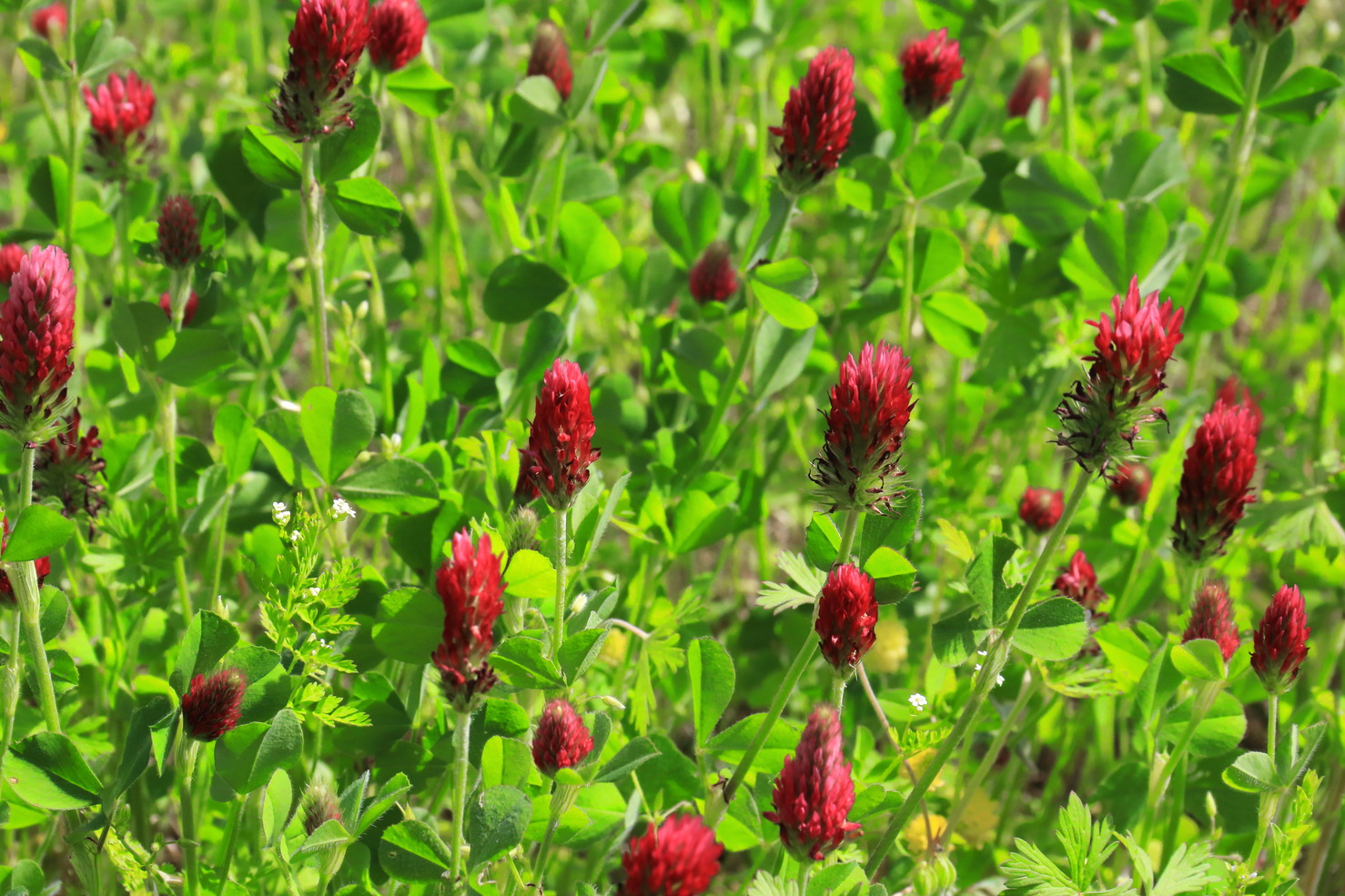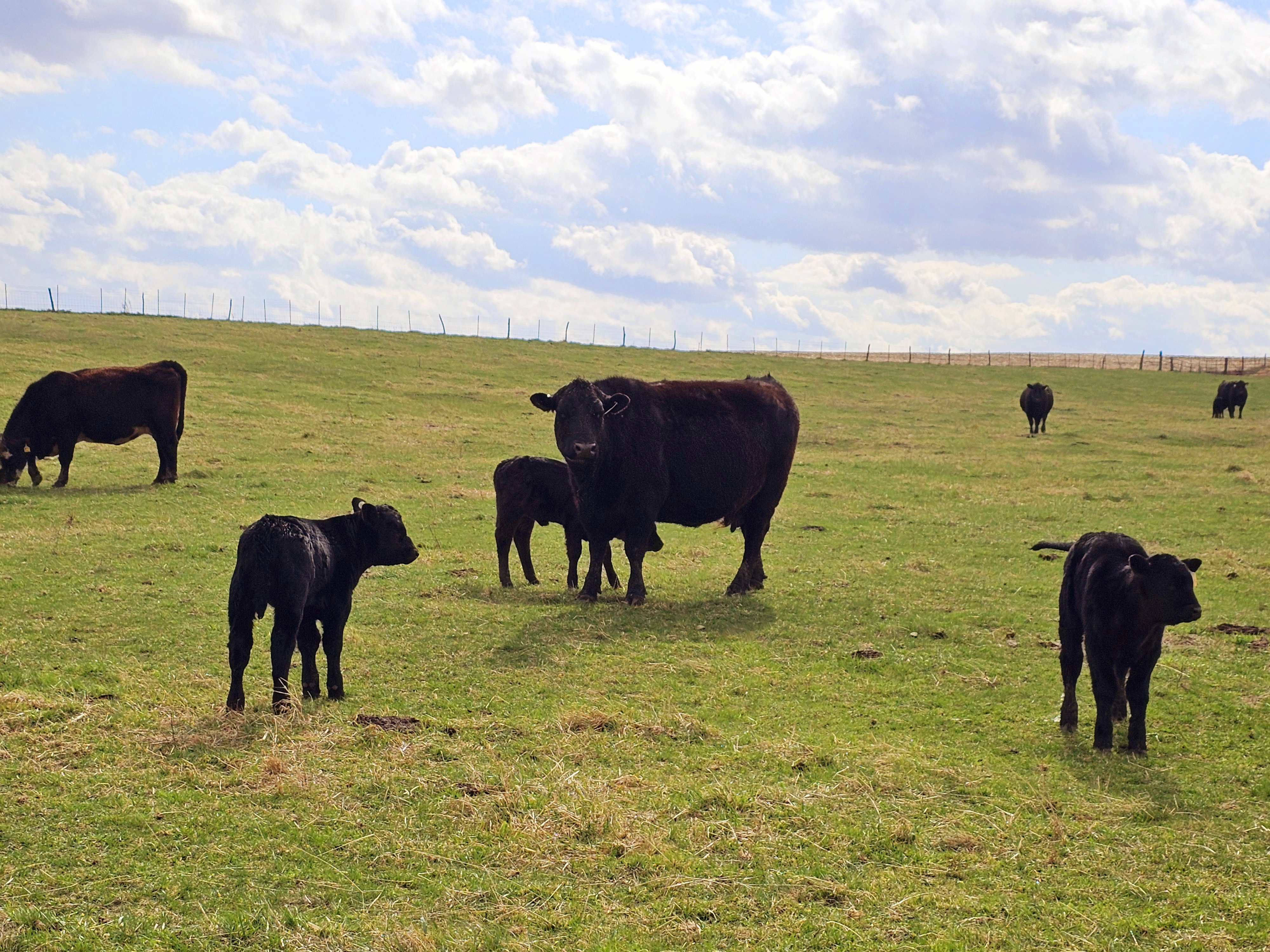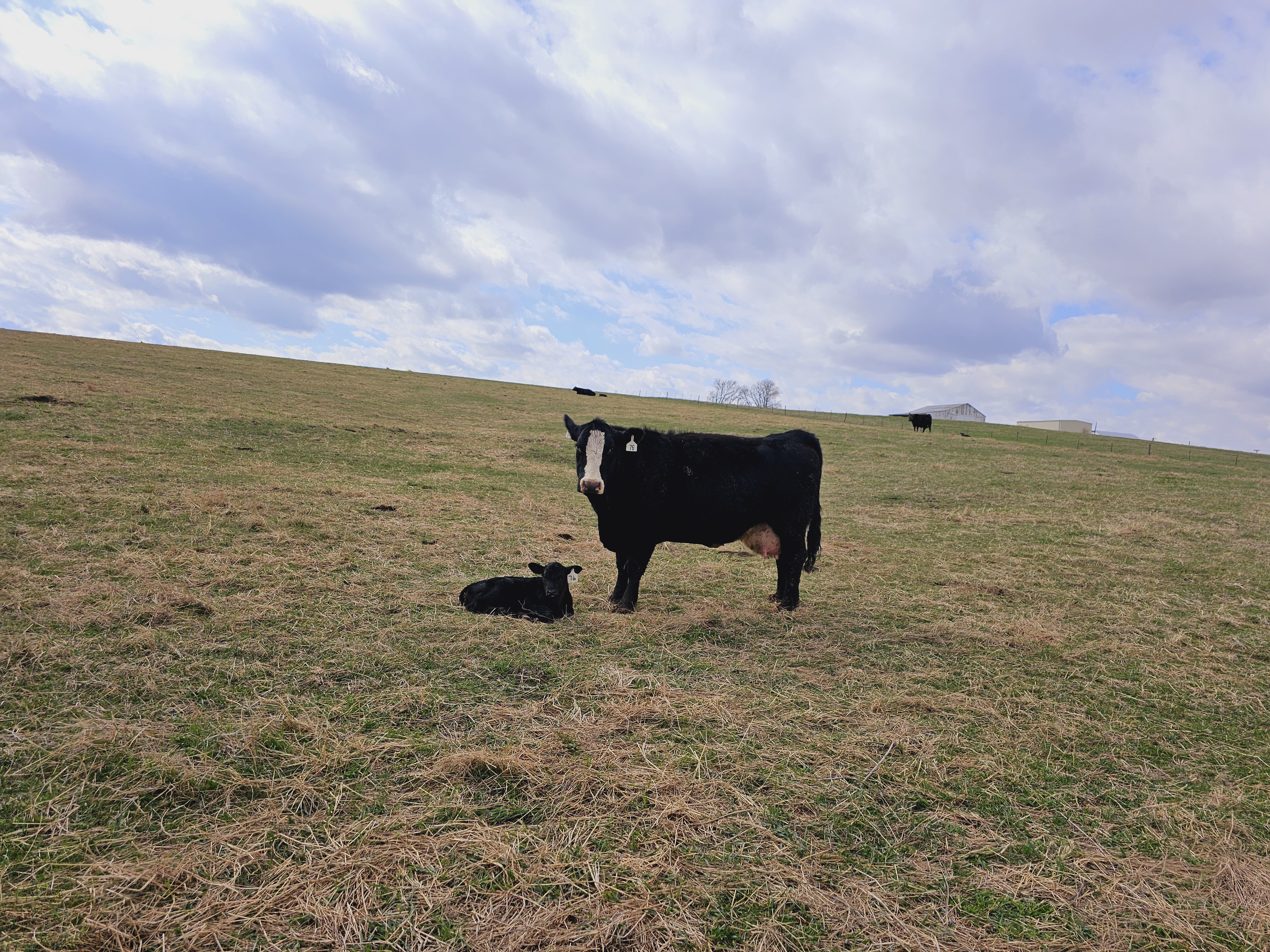Every season brings a different set of chores to the farm and ranch. It is probably safe to say that most folks prefer the work that takes place in the warmer months between the spring thaw and the first snows. Those other days ranching can be daunting, filled with the chilly tasks of getting animals fed, watered, and keeping their newborns out of snow banks. Of course, all the other day-to-day business logistics and planning also still carry on within these operations, no matter the weather. The seasonal climate brings its own challenges, but also unique opportunities to advance management practices for the better. Winter is sometimes overlooked as a time to make improvements to range and pasture. Let’s explore several opportunities to positively impact soils through grazing management in the winter months. Utilizing principles such as forage caching, protein supplementation, or bale grazing can benefit herd health, feed efficiency, utilization of pastures, spring forage growth, and overall soil health.
Winter Grazing Management Strategies
Winter grazing management involves many aspects across an operation, and can be just as important as it is during the rest of the year. Many operations rely on feeding hay, grain, or silage to get their livestock through until spring. So grazing range and pastures effectively, for as much of the year as possible, can result in reduced input costs for feed. There is no one-size-fits-all model, no best management rule that universally applies to every operation, every animal, or even every year. However, there are some methods that can optimize the use of dormant forage in the field, and harness the biological power of animal impact across the landscape.
Forage Caching
Forage caching, or building a winter grazing stockpile, involves raising a forage crop during the growing season to be grazed by livestock after dormancy, when fresh forage is scarce. This accumulated biomass is great feed to fill up and provide energy to livestock through the cold months. For ruminant animals (cattle, sheep, antelopes, deer, and their relatives), supplementing this high fiber diet with nitrogen (urea), allows the internal microbial digesters in their rumen to then build complete proteins by combining it with the indigestible straw. The animals are then able to extract more nutrition from forages that have lower quality through the winter. When this extra protein is available to them, livestock will venture further and fill up on more of the dry standing forage in the field. This allows managers to rest certain pastures during the critical growing season, while getting extra days on pasture where some benefit can be achieved from this prescriptive animal impact.
Supplemental Feeding
Supplemental feeding can also be strategically managed to encourage more even distribution of grazing across the landscape. Managing animal distribution can sometimes be easier in the winter, when other forages are dormant and supplemental feed can be placed across an area, according to an individual’s goals. This helps prevent overgrazing in specific areas where animals tend to congregate. Even when desirable forages become dormant and the ground freezes solid, impacts from overgrazing can still lead to compaction, erosion, and reduced forage productivity down the road. One thing to be mindful of is ensuring that enough standing litter is left after grazing. This can protect the plant’s growing point at the root crown, as well as provide additional spring soil moisture from snow capture and ground cover. It also allows for livestock to balance their grazing diet better in early spring, when they would otherwise be left with only rich new growth to choose from. Mindful placement of hay or other feed can reduce soil compaction and promote more uniform forage utilization.



Bale Grazing
Bale grazing is increasingly popular for its many benefits and ease of implementation. The movement of cattle around and between bales creates a controlled level of disturbance on the pasture. By allowing grazing animals to feed on bales intentionally placed, or left where they were baled in the field, the distribution of manure and urine across the pasture becomes more uniform. This contributes to better nutrient cycling, returning essential materials to the soil and thus benefiting spring forage growth. Often, some residual forage is left behind when bale grazing even when they have picked through what’s left of the pile. Sometimes referred to as waste hay, it soon becomes available to feed the underground herd of microbes that are working to get nutrients into plant roots. We know that nothing in nature is wasted and the hay that isn’t grazed is spread out and worked into the soil by hoof action. This organic matter ground cover can then armor and feed the soil. Introducing this structure from the rigid plant stems provides habitat and sustenance for beneficial biology, this can lead to better infiltration and water holding capacity.
In order to rehabilitate soil that has been degraded, is prone to pests, or is suffering from extreme disturbance, soil health must be addressed. Bale grazing can be helpful when attempting to improve areas with a variety of issues including: gophers, noxious weeds, drought, drainage, and even with salinity or chemical buildup. The bales can be used to attract grazing and trampling activity to the weed patch, while ground cover, and increased competition from desirable plants can limit the establishment of new weed seedlings. There is also a sort of passive seeding effect, where biodiversity can be increased when seeds are in the bales and are carried by livestock from one area to another. There are few soil issues that can not be improved by adding the organic matter and the beneficial biology that bale grazing offers.
Long-Term Benefits of Winter Grazing Management
There is a bit of a paradigm shift, when a herd of animals is viewed as a tool and winter feedstock as a resource to the land, essential winter work can turn into opportunities to regenerate soil. Going upstream of the problem and addressing the root cause may not give immediate satisfaction, but working with nature is always easier than fighting it at every step. Managing the distribution of grazing animals through supplemental feeding can be an easy, cost-saving way to improve an operation from both a herd and soil health perspective. No matter what the winter livestock management system looks like, there are always opportunities to incorporate new ideas. With a little experimentation, perhaps tools like bale grazing, protein supplementation, and other good winter grazing management principles can lead to better feed, better soil, and maybe even less time out in the cold. Remember, that plants and soil also need to be fed and rested this season, just as the livestock and the humans in our farm and ranch ecosystems do.



